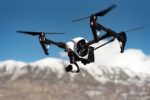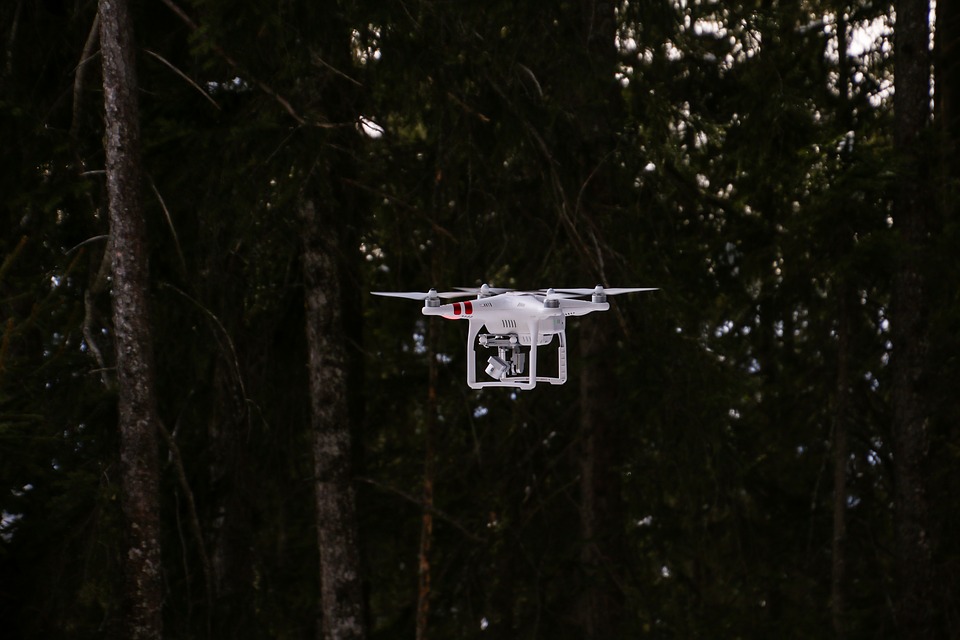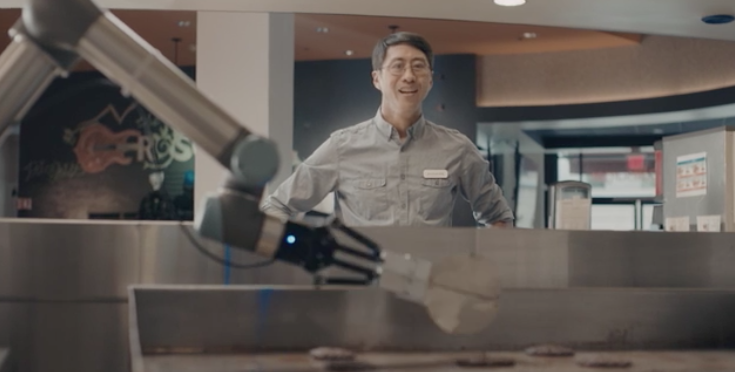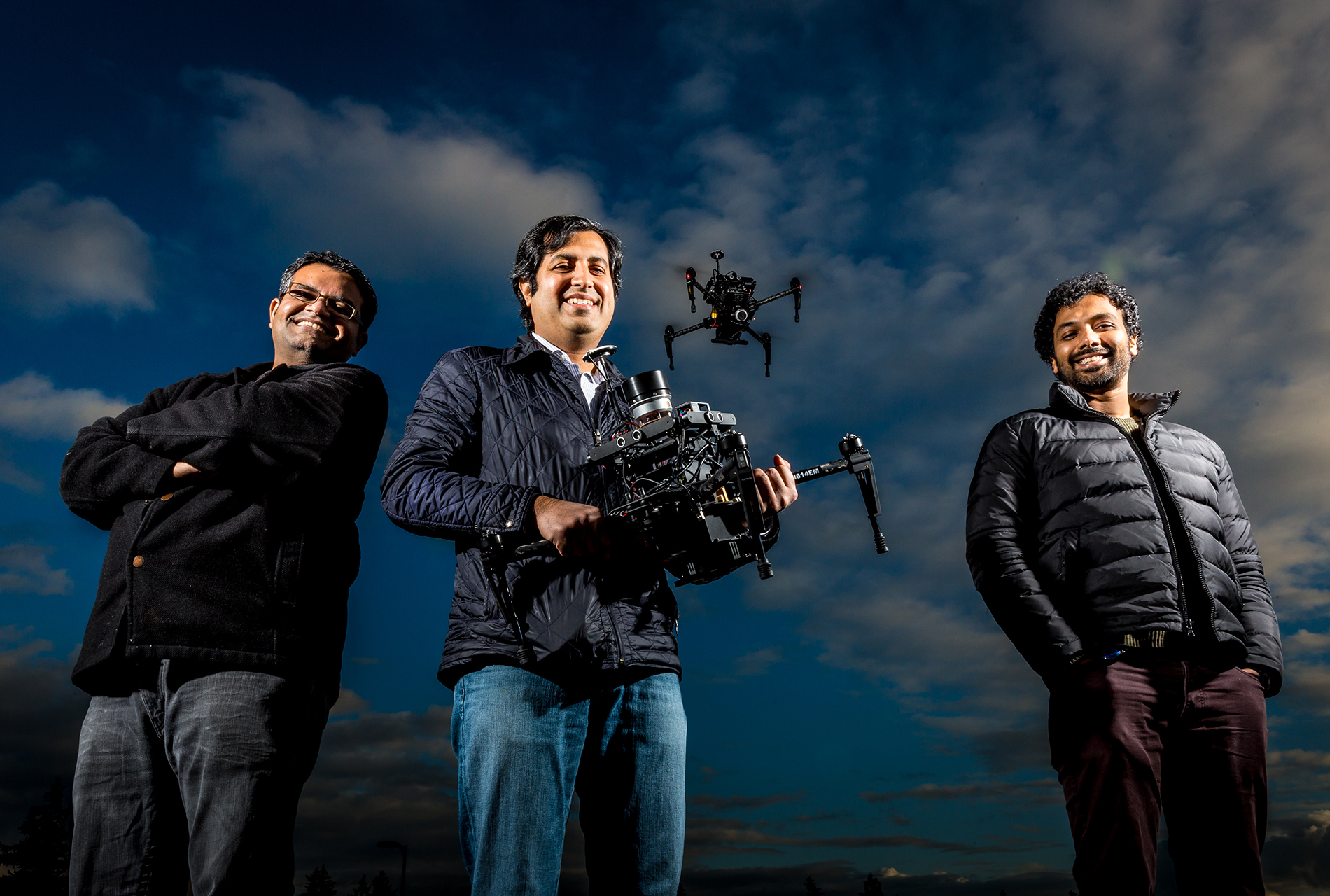The world has big plans for unmanned aerial drones; developers just have to build out all the complex software that is needed to enable those plans. Until now, every drone has been its own software island, with purpose-built drivers and routines tailored specifically to every device and every company. But DreamHammer hopes to change this by building a more generic, general-purpose drone operating system.
DreamHammer CEO Nelson Paez said that drone technology is maturing in a fashion similar to that of the personal computer. When those devices first arrived, they were also typically quite purpose-driven, he said. Wang computers, for example, were initially calculators, then word processors. That was the task they were charged with, and that was all they could do.
Over time, more general-purpose operating systems arrived, and the personal computer was able to do a lot more than just process words and count digits. So too, said Paez, will it be with drones. While current drone technologies are largely focused on military applications, he sees a future fast approaching in which drones are an everyday part of business.
While that might not happen overnight, Paez said that drone vendors are already amenable to the idea of a generic drone operating system. When using drones in a business situation, he said, “They can be from three different manufacturers, be three different vehicles, have three different ways of moving a gimbal…” But by using DreamHammer’s Ballista operating system, those drones can be operated with the same software, despite being totally different at their cores.
“We provide standardization for drones and robots by doing that,” said Paez. “The beautiful thing about it is [drone vendors] like that. They see it as the future for all of them. Customers will buy more if there are more applications.” And he’s hoping there will be a lot more applications.
Paez said the FAA is working on changing drone laws for commercial uses in the United States. This would enable shipping companies to use drones, and would also enable the San Francisco-based startup, Tacocopter, to take flight. Tacocopter is a proposed drone-based taco-delivery service.
In the future, Paez said he hopes to offer a community edition of Ballista, where the drone operating system could be used to pilot tinkering projects and hobbyists as well as the mainline workhorse drones. He envisioned a world where drones delivering shipments for FedEx run the same operating system as a drone used around the house or in war. He said he wants Ballista to run on all five grades of drones.
“We want to be able to provide, in the near future, for the small vehicles,” he said. “Group 5 is a large drone like the Global Hawk; group 1 is a handheld drone like a Tacocopter. We want to provide the software for that community for free.”
The Tacocopter Mission
In San Francisco’s Mission District, Mexican cuisine is a way of life. This is where the famous “Mission Style” of burrito comes from, which you can now find at any Chipotle. Yet, no matter how many tortillas and enchiladas one scarfs down, hunger is only just a few hours away.
Today, San Francisco residents must walk to their cocina of choice when hunger rears its grumbly head. But in the future, drone-based taco delivery could slake appetites from Pacific to Bay.
Tacocopter is the brainchild of Star Simpson, an MIT graduate currently working at educational electronic toy company Canidu. Tacocopter isn’t actually a company yet, however.
Instead, it’s a proposed business model awaiting regulation changes from the FAA. It’s not technically legal to unleash an autonomous taco-delivery quadcopter into civilian airspace for commercial purposes, you see. But with any luck, regulations will ease, and Simpson and her team will actually get to build this company. They’ve already demonstrated very short-range taco-delivery mechanisms at robotics festivals.
When regulations change, the real work begins. The team has already chosen a source for Tacos: El Tonayense, a well-respected taqueria. Then comes the calculations: average weight of a beef taco versus average weight of an al pastor taco. And, at what point does it become feasible to upgrade drones to carry a burrito payload?






